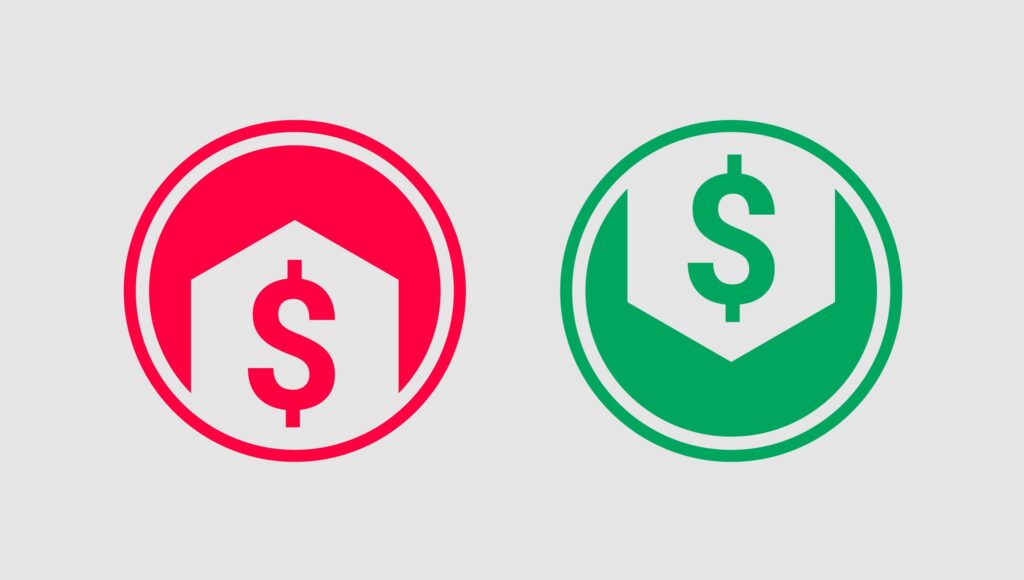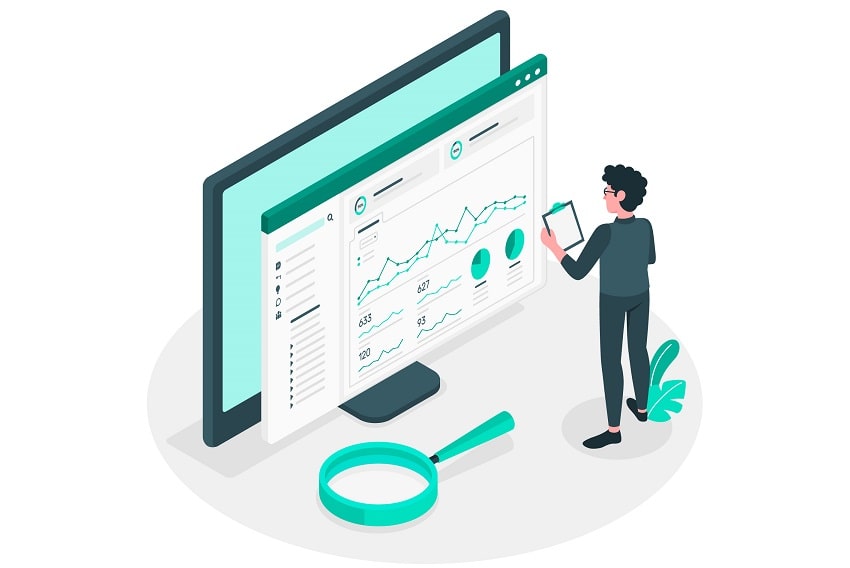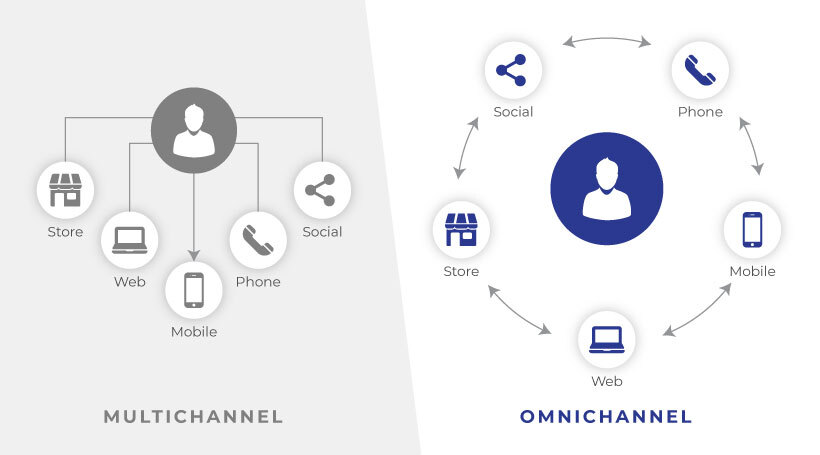Edit Content
Pricing your fashion line can be a complex task, but with the right approach, you can set prices that are both profitable and appealing to your target customers. In this guide, we’ll explore different pricing models commonly used in the fashion industry and discuss key factors to consider when setting prices.

Example: A fashion brand might offer a tiered loyalty program with increasing discounts for higher-tier members.
By carefully considering these factors and employing a combination of pricing models, you can develop a pricing strategy that effectively positions your fashion line in the market and maximizes profitability.
Pricing your fashion line is a critical decision that can significantly impact your business’s success. By understanding different pricing models and carefully considering factors like target market, brand positioning, production costs, and market trends, you can develop a pricing strategy that aligns with your business goals and resonates with your customers.
Remember:
By combining strategic thinking with data-driven insights, you can create a pricing model that not only generates revenue but also strengthens your brand’s reputation and customer loyalty.
✓ Forever Free account ✓ No credit card.







✓ Forever Free account
✓ Up to 100 products
✓ In 1 Marketplace
✓ No credit card required
Monitor your competitors’ prices across all online channels, ensuring accurate matching and over 99% data quality.






Missing an important marketplace?
Send us your request to add it!